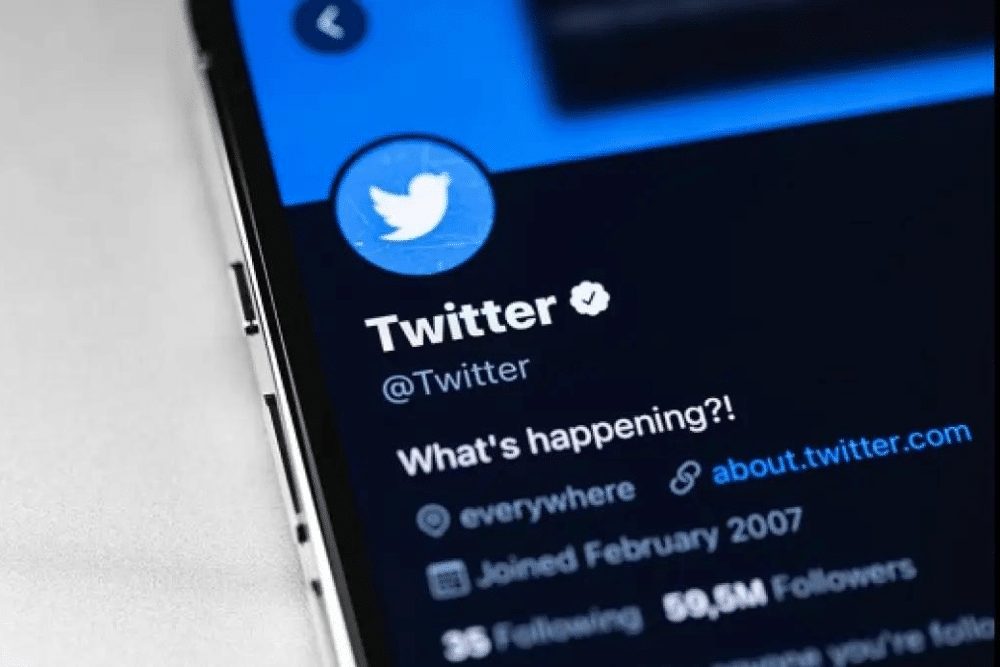Twitter has been a hot topic ever since Elon Musk declared his interest in acquiring the social media platform and ultimately went through with the acquisition on 27 October 2022. Naturally, people around the world kept a close eye on the unravelling of the Elon Musk saga and speculated about what it meant for the social media platform.
It wasn’t long before Musk started making announcements about his vision for Twitter. One of the statements that caught the attention of many—especially brands, famous personalities, influencers, and more with verified Twitter accounts—was the verification system.
So, let’s dive deeper into the old and new systems, whether it adds anything new, and if it’s really worth it.
How can you get a blue checkmark?
Before you get all excited and decide to get your account verified, you should probably hit the brakes and consider the before and after—before Elon Musk acquired Twitter and after.
Getting the blue checkmark was fairly straightforward and simple before Musk acquired Twitter. You have to meet certain requirements such as being notable, active, and authentic—and once you have ticked all the right boxes, you can apply to get your brand’s Twitter account verified. If you meet the requirements you’ll get a nice shiny blue checkmark next to your name.
In the Musk-era Twitter, having a blue checkmark can mean one of two things. Either you have an account that’s already verified—now referred to as ‘legacy verified’—or you have an active Twitter Blue subscription.
Even with the subscription, you still need to meet specific requirements to get the blue checkmark and if you fail to meet the requirements, your account will remain unverified.
The requirements you need to meet in Musk’s Twitter are quite similar to what was already there. Your account needs to be:
- Complete with a profile photo and display name
- Active for a minimum of 30 days before the subscription
- Secured with a confirmed phone number at least 90 days prior to the subscription
- Non-deceptive without any recent profile changes, signs of being misleading, engaging in spam
If your brand fails to meet any of these requirements, you can wave goodbye to your Twitter verification, but if you meet the requirements, you can look forward to seeing a blue checkmark next to your brand’s name.
Does the blue checkmark matter?
What exactly does Twitter verification offer your company? Is it worth even going through the steps to make sure you meet the requirements in order to get the checkmark? Does it offer anything other than belonging to an ‘elite’ group of verified accounts?
Having the checkmark has many advantages for celebrities, officials, and reporters, but what can it mean for brands?
Getting your company’s account verified shows that you’re the real business and not someone impersonating you. You can also add your logo and a confirmed contact number to your profile to authenticate your identity. But if you really think about it, does it matter?
It may help keep impersonators, spammers, and scammers at a distance—somewhat—but there aren’t really any other benefits that make it all worth it.
What are the pros and cons?
In the same way that having a driving licence doesn’t get you an upgrade to a Tesla or a discount on your next car wash, Twitter’s blue checkmark doesn’t mean that you get better prices or bargains on ad buys.
Experts agree that there are no quantifiable benefits to a brand having a verified Twitter account with a blue checkmark. Having it doesn’t really matter because it doesn’t drive any KPIs or enhance any other types of metrics.
Twitter verification doesn’t really offer benefits that you couldn’t get from other mechanisms. For instance, the analytics that brands get from Twitter can just as easily be acquired from their advertiser access.
At best, verification could take you higher up in Twitter’s search results, but it doesn’t guarantee that you’ll appear above an unverified account. While having a checkmark beside your brand’s name could make you stand out a bit more when you’re surrounded by a sea of accounts, it’s not going to make a measurable impact on your engagement with other types of metrics.
Does Twitter verification matter for businesses?
Twitter verification is obviously more important to some users than others. For instance, celebrities and general users don’t have to worry about their fans and followers falling victim to online scams by scammers using their image and name to lure in unsuspecting users or spreading views and beliefs that they don’t condone.
While verification matters to personalities, it’s not the same for brands and businesses. If you really want the blush checkmark and don’t mind paying a subscription fee, there’s no harm in getting it, but if you’re expecting to see significant results by way of increased followers or better ad revenues, you may want to reconsider and explore other options.
The Twitter Blue announcement also made an impact outside of the platform. Meta has also announced Meta Verified—a paid verification subscription—and as with most new things, it remains to be seen whether it can be beneficial to all types of users.


